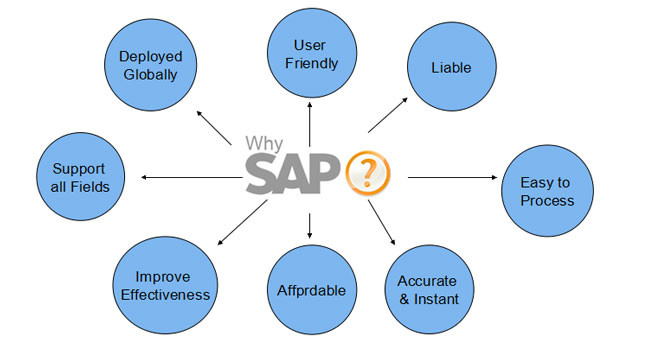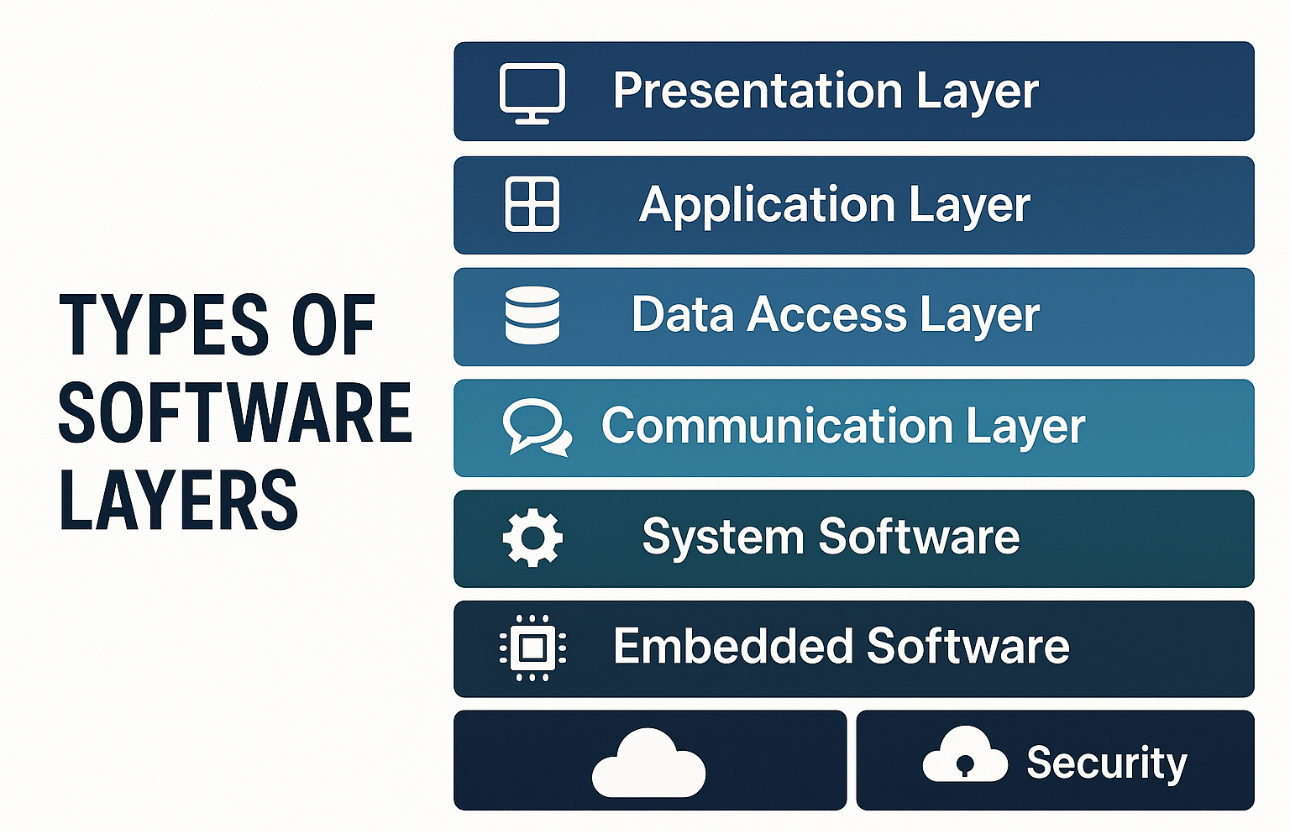
In today’s rapidly evolving digital world, businesses must innovate quickly to stay ahead. One of the key drivers behind this fast-paced innovation is APIs—Application Programming Interfaces. APIs act as bridges that enable different software systems to communicate, share data, and work together seamlessly. This unlocks immense potential for integration, scalability, and accelerated product development.
What Are APIs?
At their core, APIs are sets of protocols and tools that define how software components interact. Whether it’s a mobile app retrieving data from a cloud server or a payment gateway processing transactions on an e-commerce platform, APIs make these interactions possible by providing standardized access points.
Empowering Integration
APIs enable businesses to connect diverse systems, services, and platforms without rebuilding existing infrastructure. This integration capability allows companies to leverage best-of-breed technologies, third-party services, or legacy systems effortlessly. For example:
- An online retailer can integrate APIs from shipping providers, payment processors, and inventory management tools to automate and streamline operations.
- Social media platforms offer APIs that allow apps to fetch user data or post content, enhancing user engagement.
By enabling seamless integration, APIs reduce development time and cost, allowing teams to focus on creating unique value rather than reinventing the wheel.
Driving Scalability
Scalability is essential for growing businesses, and APIs play a pivotal role here. By decoupling software components through APIs, companies can scale individual parts independently without affecting the entire system. This modular approach facilitates:
- Easier updates and feature additions.
- Efficient handling of increased user demand.
- Support for multi-platform ecosystems (web, mobile, IoT).
Cloud-based APIs, in particular, allow applications to leverage elastic infrastructure, automatically scaling resources based on usage, further enhancing performance and reliability.
Accelerating Product Development
Speed to market is a critical factor in today’s competitive environment. APIs accelerate product development by:
- Providing pre-built functionalities that developers can reuse, reducing coding effort.
- Enabling rapid prototyping and testing through easy access to external data and services.
- Supporting agile development practices by allowing independent teams to develop and deploy components in parallel.
For startups and enterprises alike, APIs are the backbone of innovation, empowering them to quickly roll out new features, integrate emerging technologies, and respond swiftly to customer needs.
Real-World Examples
- Payment Processing: Stripe’s API simplifies complex payments, enabling rapid e-commerce deployment.
- Mapping and Location: Google Maps API enriches apps with navigation, geofencing, and local search features.
- Social Media Integration: Facebook and Twitter APIs allow apps to access profiles, post content, and boost user interaction.
- Travel and Booking: Expedia and Skyscanner APIs provide real-time flight, hotel, and car rental info, streamlining bookings.
- Weather Data: OpenWeatherMap API delivers real-time weather updates, enhancing location-based services.
Conclusion
APIs are far more than technical connectors; they are strategic assets that fuel innovation. By facilitating seamless integration, promoting scalable architectures, and speeding up development cycles, APIs empower organizations to deliver smarter, faster, and more connected products. Embracing API-first strategies is no longer optional — it’s a necessity for businesses aiming to thrive in the digital age.
Post a comment Cancel reply
Related Posts
Empowering Business Analysts: How AI is Revolutionizing Agile Practices
In today's fast-paced digital landscape, Agile methodologies are no longer optional— they're essential for organizations…
What is SAP? How does it work?
The full form of "SAP" is “Systems Applications and Products in Data Processing” which is…
Optimizing React Performance: An Advanced Guide for Scalable Applications
In today’s fast-paced digital ecosystem, software systems have become the backbone of every enterprise’s technological…
Types of Software Layers
In today’s fast-paced digital ecosystem, software systems have become the backbone of every enterprise’s technological…


















